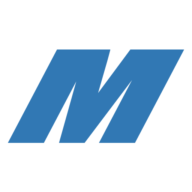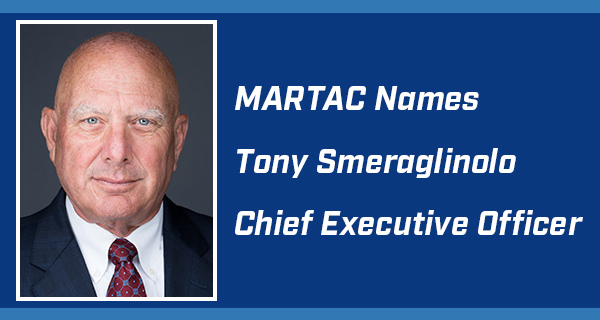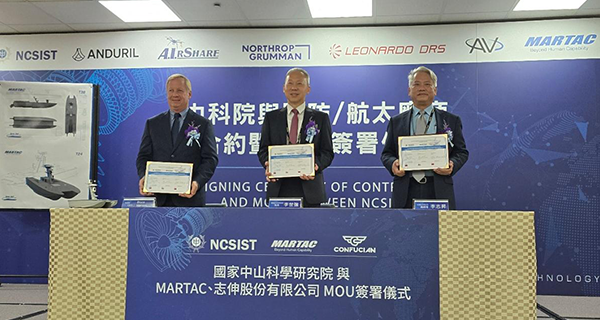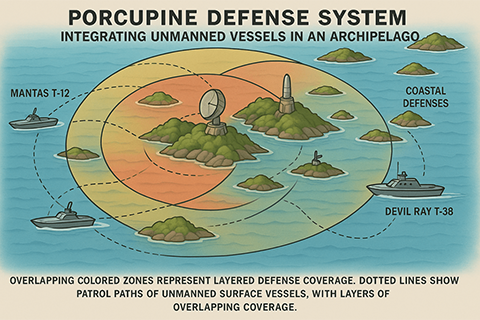
Who We Are
MARTAC is the leading provider of high-performance Unmanned Surface Vehicles (USVs) and Fleet Management Solutions for the military, government, commercial and scientific markets worldwide. Our portfolio consists of two USV classes, the all-electric MANTAS and the high-performance combustion Devil Ray Classes. MARTAC’s focus is on designing, producing and integrating USV Systems to augment human based missions and forces. This includes not only individual system performance, but also how these systems can be managed to execute fleet-wide operations. All our Systems are vertically integrated with common operating systems and the ability to integrate an extensive array of sensors and cutting-edge communication technologies based on Class size, weight and power specifications. As a force multiplier, MANTAS and Devil Ray amplify capabilities and ensures superiority in the most demanding operational scenarios. MANTAS and Devil Ray Systems are designed to navigate and operate in diverse maritime environments, performing the dull, dirty and dangerous missions when other manned and unmanned systems are not able.
Our dedication to overcoming challenges sets MARTAC apart as a trusted ally in the most critical missions. Headquartered in a 72,000 square foot production plant and water test facility in Melbourne, FL, MARTAC epitomizes reliability and excellence. We are an experienced small business, established and proven, ready to meet the rigorous requirements of our customers. MARTAC has MANTAS production at our Corporate HQ facility and Devil Ray production in a dedicated facility to address growing customer demand. MARTAC extends its reach with satellite offices strategically positioned in Binghamton, NY, San Diego, CA, and Apex, NC. focused on providing swift response and support to our allies across the world. MARTAC – Where Innovation Meets Mission Success.
Mission Statement
History
Patents
MARTAC products, system and sub systems initial patent was approved by the U.S. Patent and Trademark Office in August of 2015. However, even today we continually fortify our expanding Intellectual Property (IP) via patent protection institutions. We achieve this by filing supplementary IP innovation growth through the Continuation In Part (CIP) process with the U.S. Patent and Trademark Office. These CIPs and patents are “super” patents in that each contain a significant number of claims, that are enforceable under patent law.
U.S. Patent Number: US 9,096,106
Approval Date: August 4, 2015 Filed: May 14, 2012
In June 2016, we submitted to the International Bureau patent protection that recognizes protection from 181 countries: International (Approved January 2017) International Publication Number: WO 2017/004419 A1 Patent Cooperation Treaty (PCT): PCT/US2016/040492
CIP#1 U.S. Patent Number: US 9,669,904 Approval Date: June 6, 2017 Filed: June 30, 2015
CIP#2 U.S. Patent Number: US 10,331,131 Approval Date: June 25, 2019 Filed: May 31, 2017
CIP#3 U.S. Patent Number: US 10,908,611 Approval Date: February 2, 2021 Filed: October 10, 2019
CIP#4 Application Number: 17/164,129 Anticipated Approval Date: October 10, 2022 Filed: February 1, 2022





